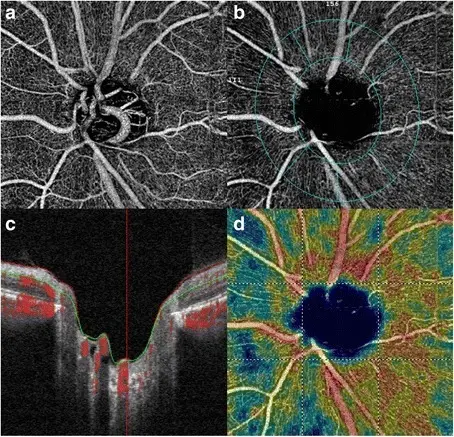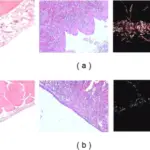Glaucomatous optic nerve damage can be caused by high intraocular pressure or other factors such as age-related changes in ocular anatomy. Glaucomatous optic neuropathy results from progressive loss of retinal ganglion cells, which are responsible for transmitting visual information to the brain. The most common symptom of glaucoma is vision loss due to RGC death. In some cases, however, patients may not experience any symptoms until their central vision has already been lost. This condition is called “asymptomatic” because there are no obvious signs that something is wrong with your eyesight. Asymptomatic glaucoma occurs when IOP levels remain normal but RGCs continue to die at an accelerated rate. It is estimated that about 2% of people over 40 years old have this form of glaucoma.
The current treatment options available for lowering elevated IOP include medications, laser therapy, incisional surgery, trabeculectomy, deep sclerectomy, cyclodestructive procedures, and implantable devices. However, these treatments do not always adequately control IOP or prevent further progression of glaucoma; they also carry risks associated with side effects and complications. Therefore, new therapies are needed to treat glaucoma. One promising approach involves using stem cell transplantation to replace damaged neurons.



